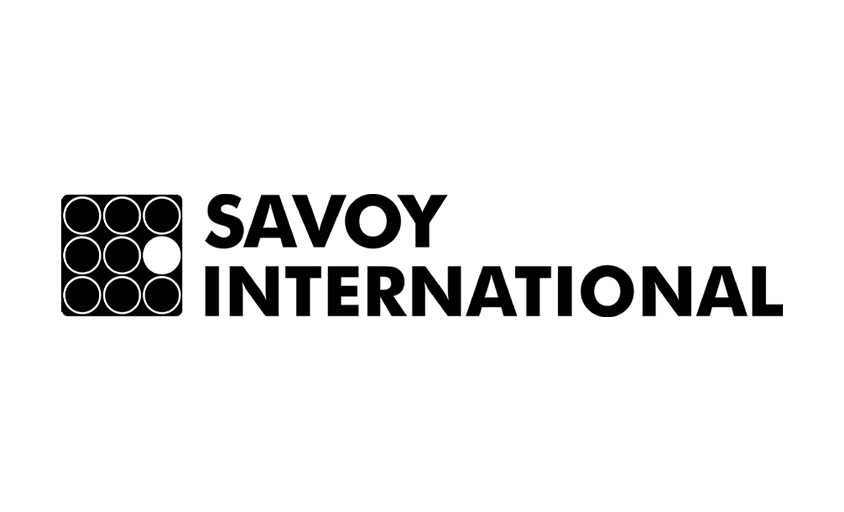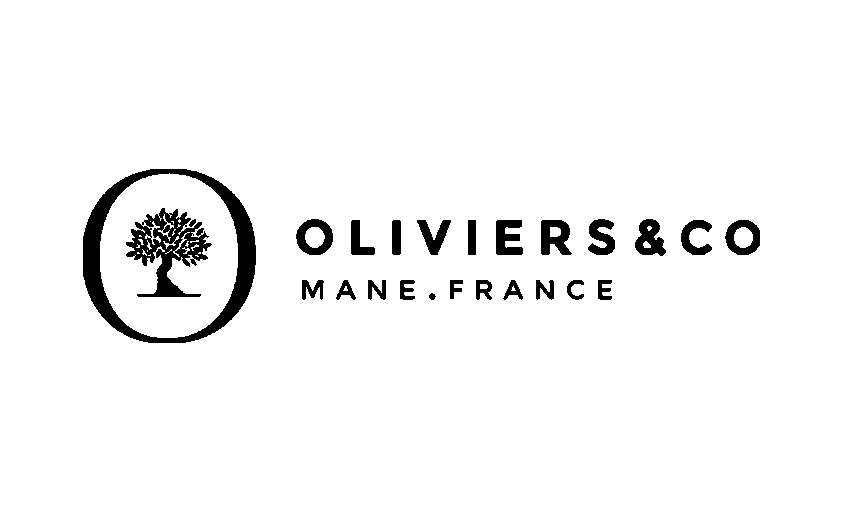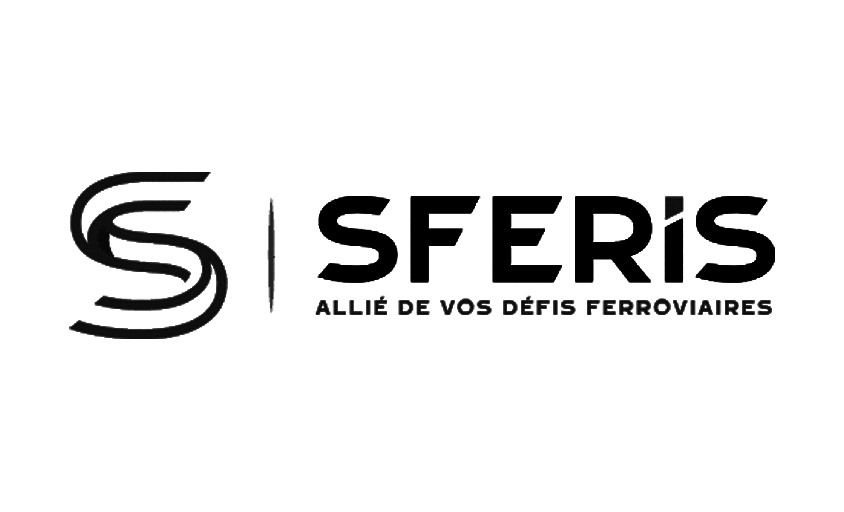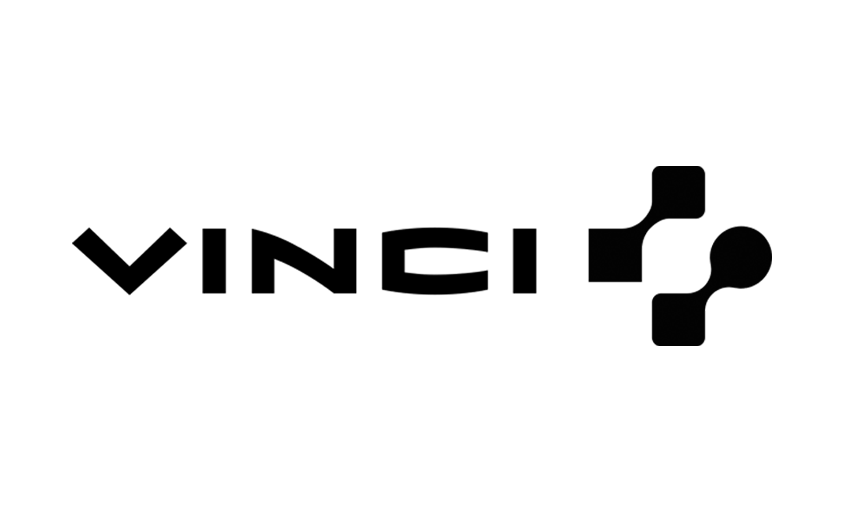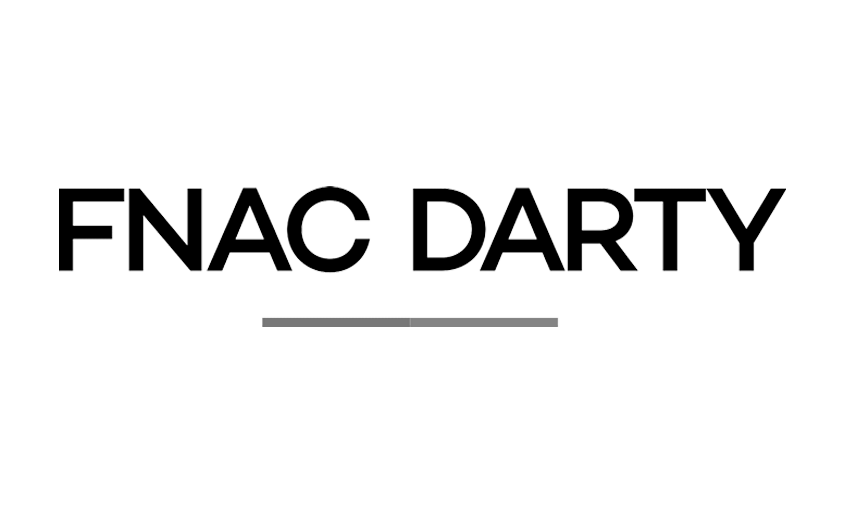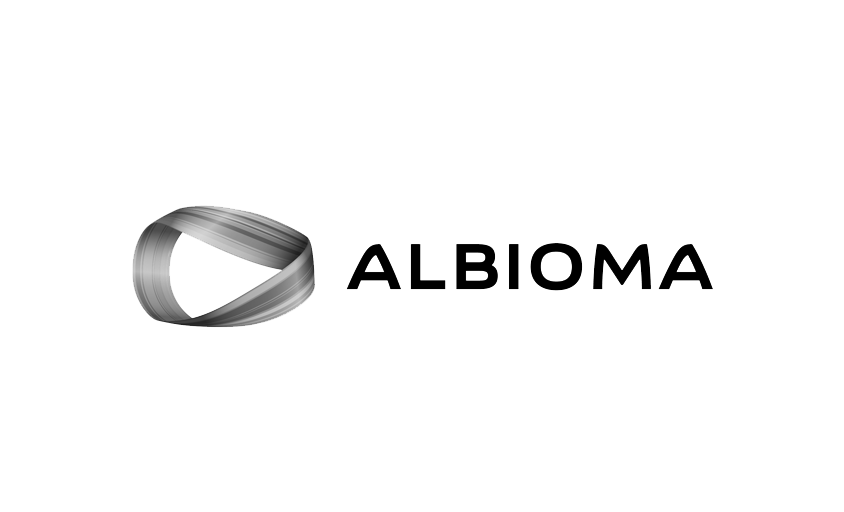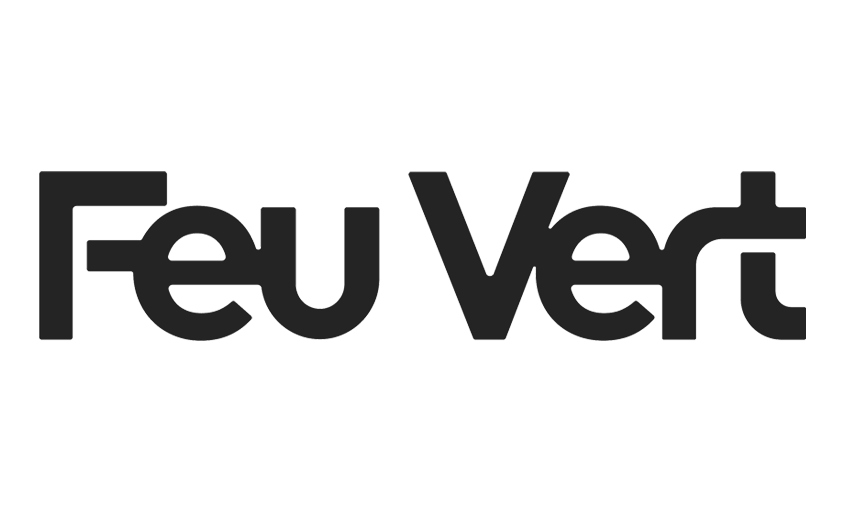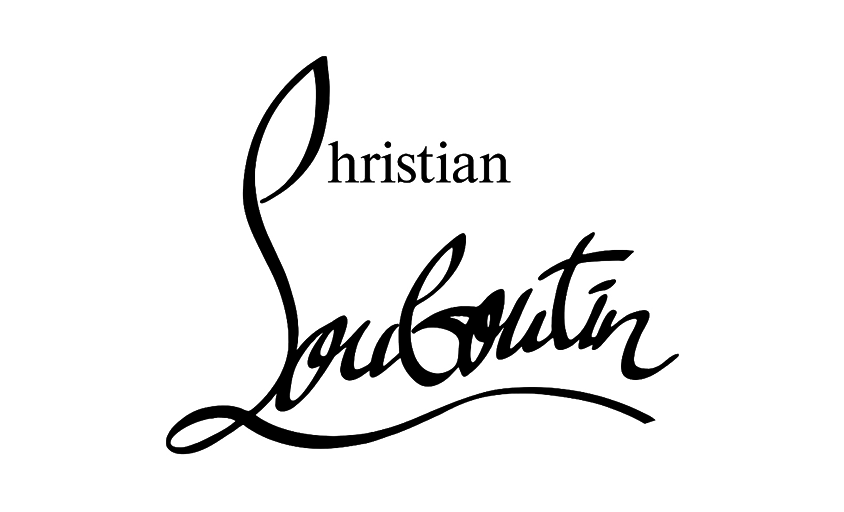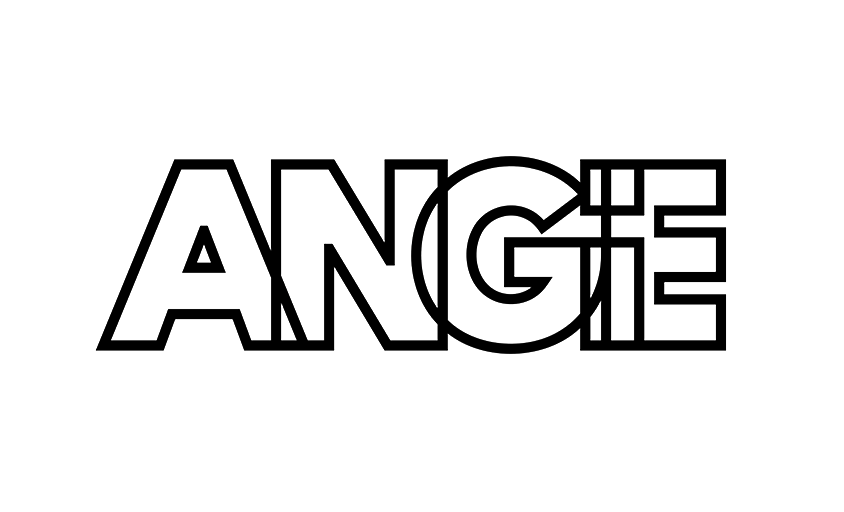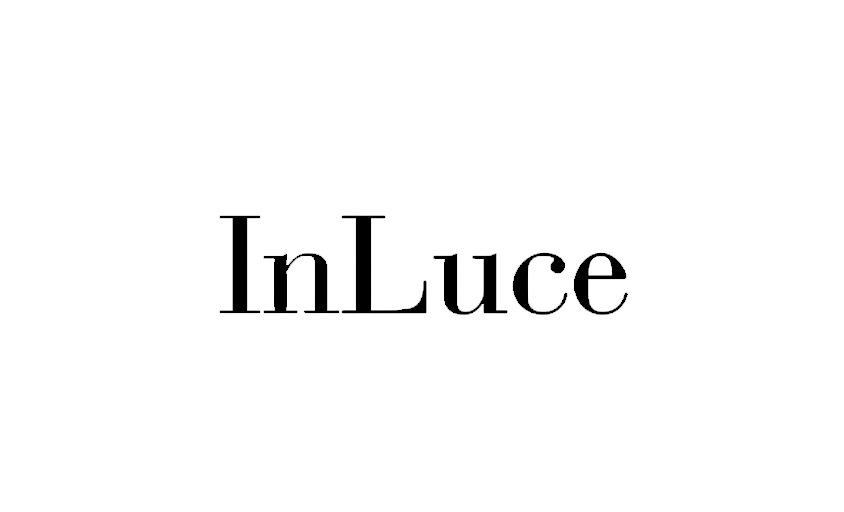Key Light
In this article :
The Key Light is the central element of any lighting setup in photography, cinematography, and video production. Strategically positioned, it defines how the subject is perceived, directly influencing the mood, contrast, and texture of the image.
Definition and Role
The Key Light is the primary light source directed at the subject. Its role is to shape the subject, define texture and contrast, and create the desired atmosphere. It sets the overall direction of light in the scene, establishing the interplay of light and shadow that gives the image depth and dimension.
Key Light Characteristics
- Intensity: It is the strongest light source in the scene and can be adjusted to control contrast and dynamic range.
- Position: Its placement relative to the subject and the camera is crucial. A frontal position reduces shadows, while a side or back angle enhances texture and form.
- Quality: It can be soft or hard. Soft light reduces shadows and contrast, while hard light creates high contrast and pronounced shadows.
Lighting Setup Composition
Although the Key Light is the main source, it is often used alongside other lights:
- Fill Light: Used to soften or eliminate the shadows cast by the Key Light.
- Back Light: Positioned behind the subject to separate it from the background.
These combined elements form the classic three-point lighting setup, a standard in the industry for achieving balance and depth in the image.
Applications
The Key Light is essential in many areas:
- Portrait Photography: To shape the subject’s face and highlight features.
- Film and Television: To set the mood and direct the viewer’s attention.
- Product Photography: To showcase textures and object details.
Conclusion
The Key Light is the foundation of any lighting setup in photography and video. Mastery of this tool allows for the creation of dynamic, dimensional images by controlling atmosphere and how the subject is perceived. Whether you’re a professional like Rétines or a hobbyist, understanding and using the Key Light is essential for capturing images that tell a story and evoke emotion.
Jérémy Carlo is the editorial director at Rétines, where he ensures the consistency and clarity of all content produced by the studio.
Our Clients
Let’s discuss
What we do for you at Rétines
Meticulous work, an organised project and fast delivery. And to achieve this, we mobilise the right resources in our teams at the right time.
01
Pre-production
Artistic and technical direction tailored to the project.
Relevant recommendations on content, form and resources.
02
Photo Shooting
Photos taken by our experienced photographers.
Production that’s controlled, efficient and tailored to the needs of the project, with nothing superfluous.
03
Retouching
Technique
Photographs magnified by our retouching team.
Post-production to meet the commercial challenges of the brief.

